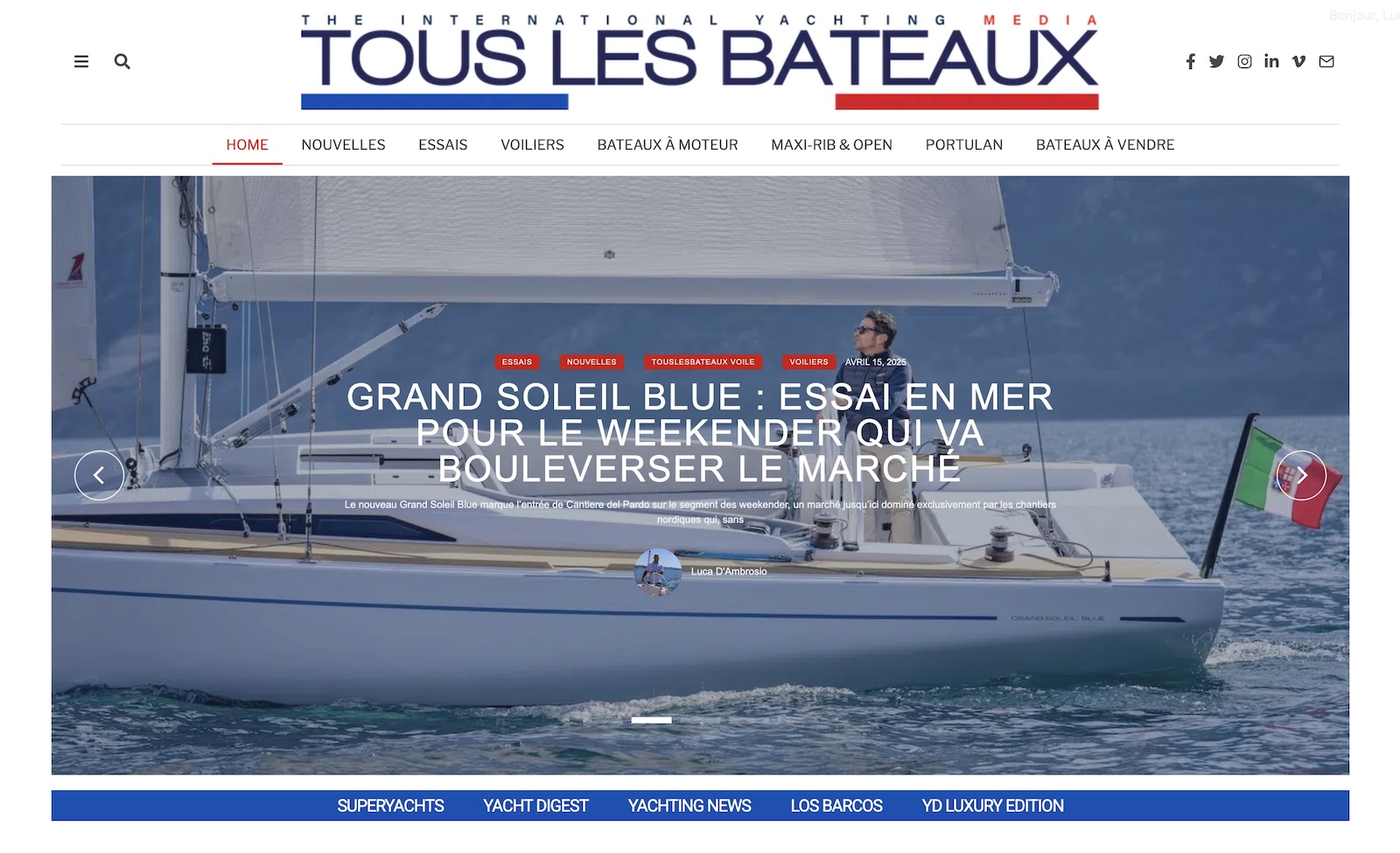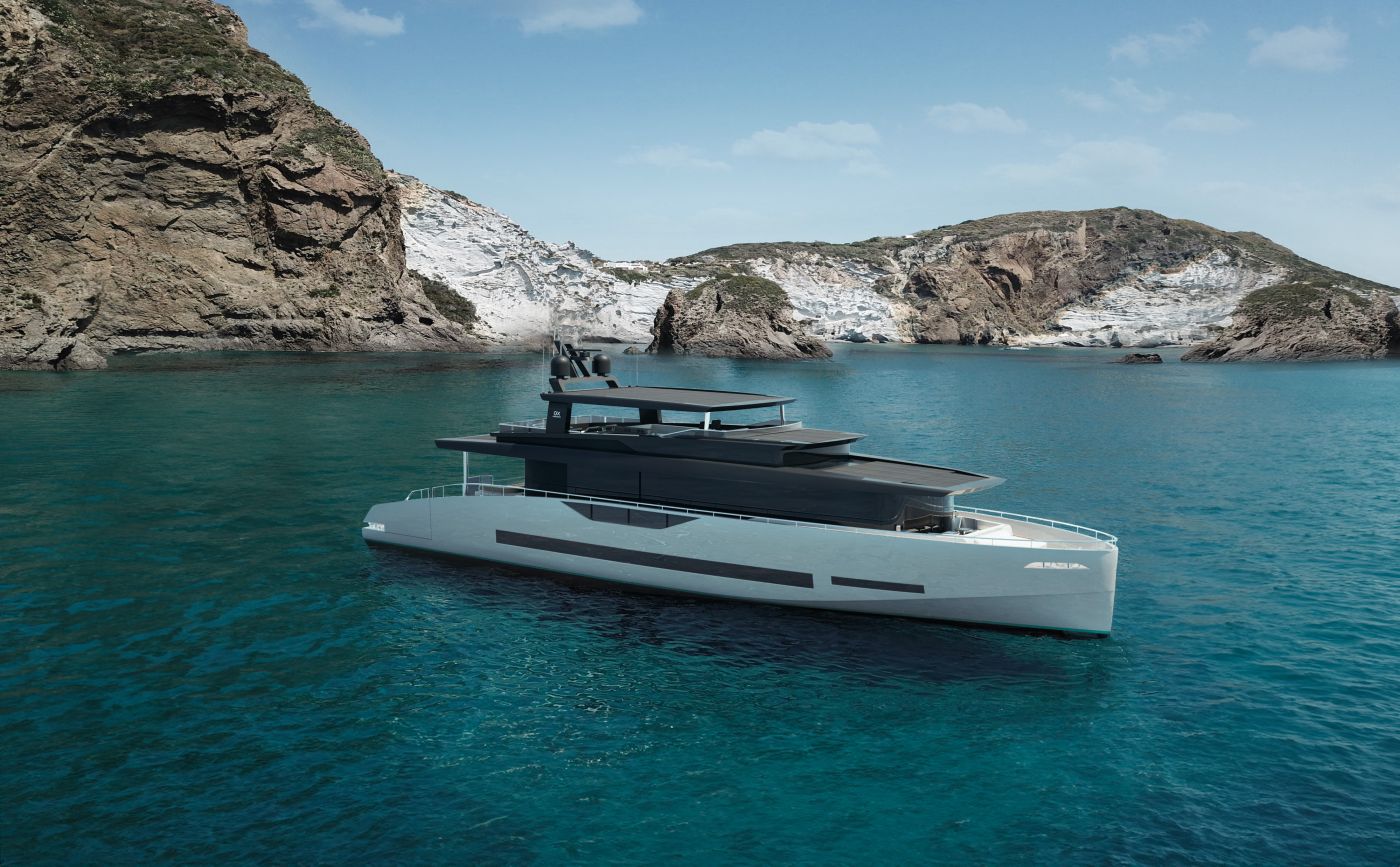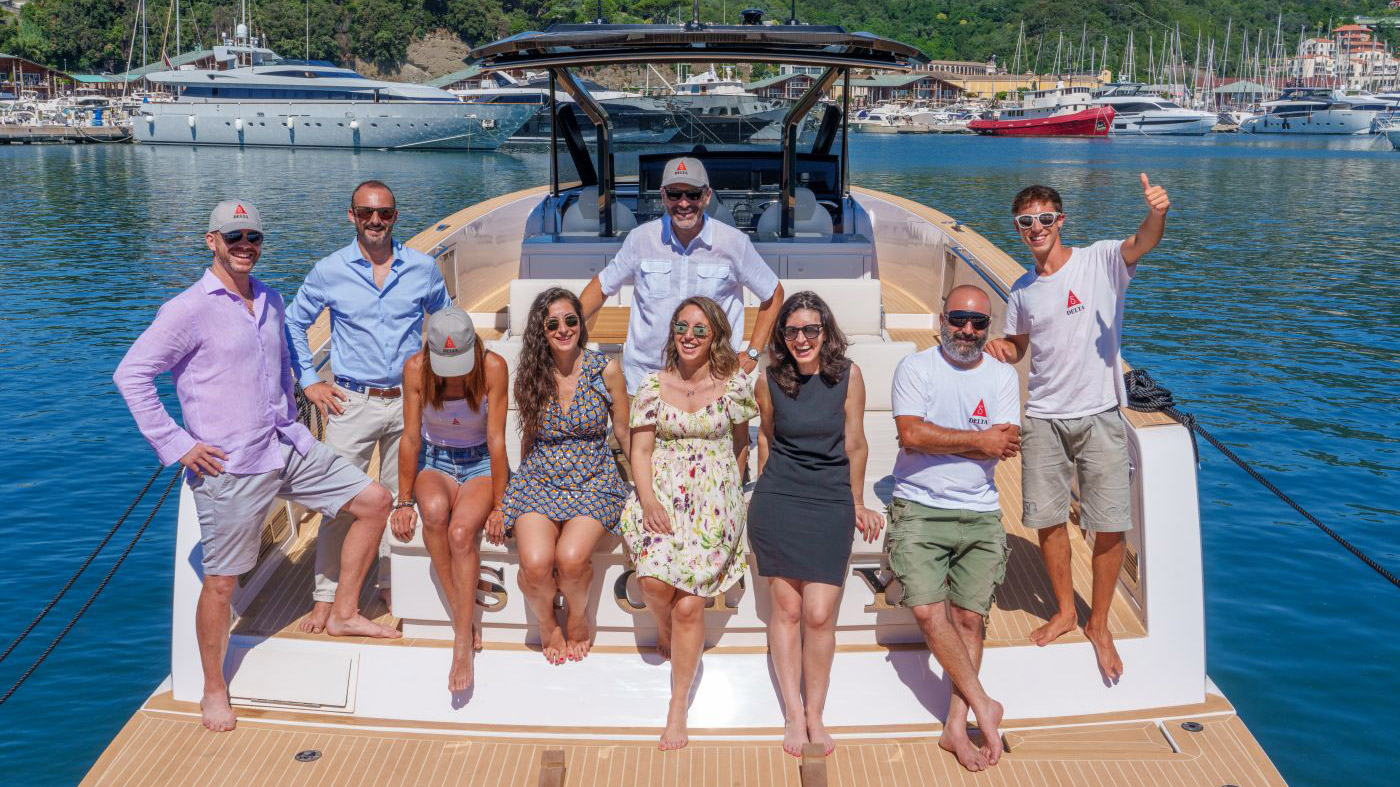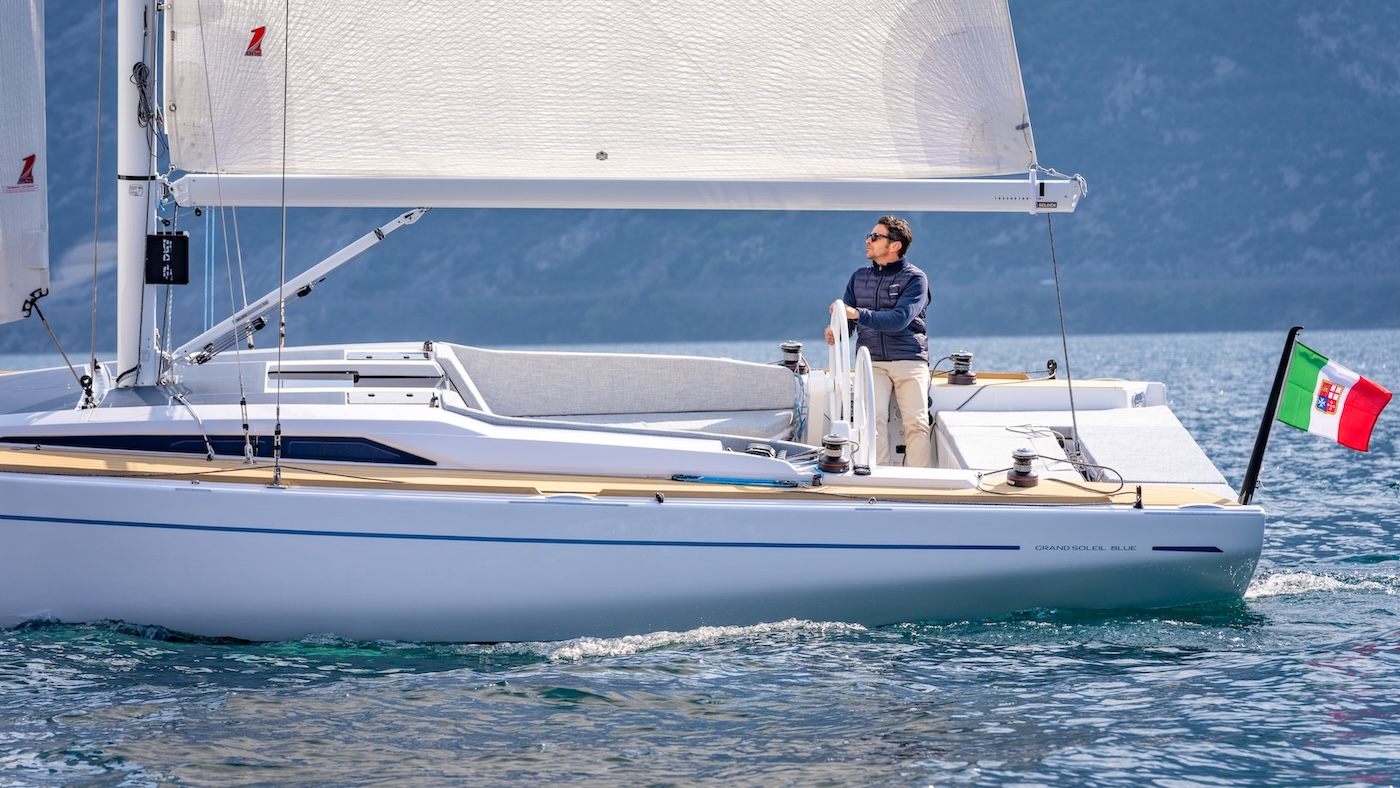Collision at sea is, in many cases, a very serious and, unfortunately, rather common accident which often results in fatalities.
According to the statistics from the Italian Department of Transport included in a 2013 report, collision is the most common type of maritime accident: it represents over 36% of the total number of accidents involving cargo ships, almost 29% of those concerning recreational boats and over 49% of the accidents experienced by service vessels.
Some time ago, we published an article about the rules preventing collisions.
Regardless of the rules, preventing a collision is a duty for all sailors and a specific obligation laid down in the Code of Navigation. In other words, if it’s evident that we did nothing to avoid collision, we will be held partially responsible for the accident anyway.
As a result, we must be always ready to maneuver and avoid a high-risk situation at every moment of our cruise, especially but not exclusively at night.
Special equipment, like radar and Ais, are tremendously helpful in these cases. In particular, the Ais gives us very precise information about, for example, the route and speed of the unit we are coming across. However, apart the fact that not all boats have such equipment, even the presence of advanced tools entails respect for a first essential rule of conduct which allows to avoid collisions: lookout.
Keeping a constant lookout in the cockpit or in the pilot house is the first rule to observe, from which all the other actions derive. What we need is an active guard who knows what to do in case of crossing both night and day. And that’s where another essential element comes in: the real competences of the crew.
Whoever has to contribute to the navigation must be able to perform his task. If he is involved in the watching-shifts, he will be informed of the actions to be taken: listening to the radio, binocular-supervision even at night, which maneuvers to perform in case of crossing or whom alert immediately.
This “awareness” for each member of the crew is an essential fact in terms of safety. Before sailing off, even in the case of a simple holiday cruise, the captain should take a safety briefing in order to provide all passengers with essential basics – such as the use of the radio, how to start and stop the engine, the stowage and position of safety equipment and lifejackets – in addition to some more specific ones for his crew.
So, it should be clear that, when the distance with other ships or boats decreases, the first thing to do is to maneuver and alert the skipper.
Binoculars, at night especially, are very useful because they help you determine the lights and direction of the other boats or ships with greater accuracy.
Another important tool is Vhf, which must be always tuned on channel 16. A direct call to the boat we are crossing can solve a confused situation and help us to perform the proper maneuvers. Furthermore, if we received no reply, this would be an important warning bell which must make us maneuver immediately to avoid any risk of collision. If, on the contrary, we can’t maneuver for some reason, we must use an acoustic means and a signal rocket.
Ultimately, it is about adopting some specific actions in order to understand what situation we are in and what to do. Once we have established that collision is possible and we see no maneuvers from the other ship, we have to maneuver quickly and resolutely, regardless the right of way.

























